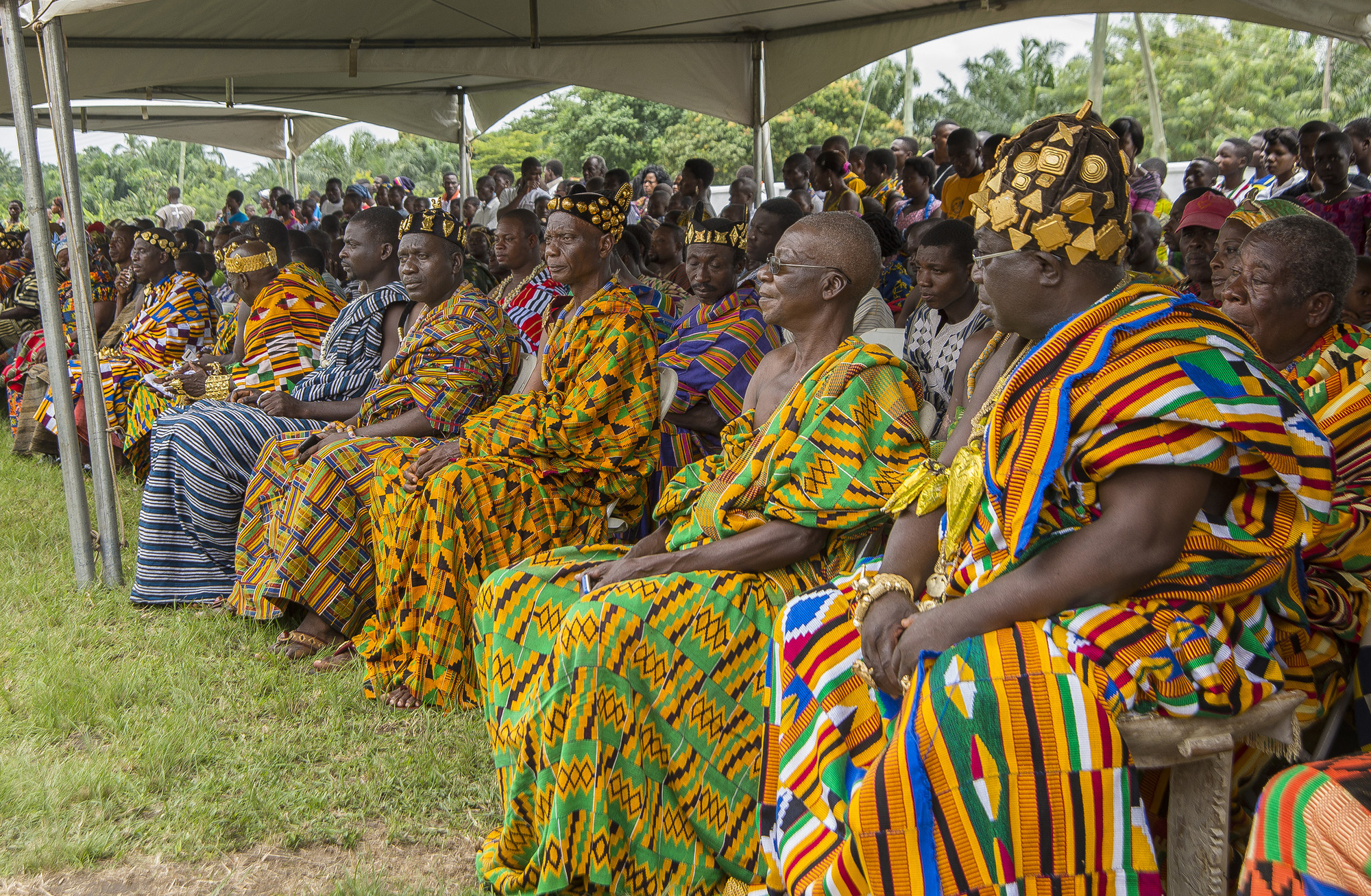Christopher Richards: My name is Christopher Richards. I’m a professor of African art history at Brooklyn College and I primarily study African dress, fashion and textiles.
Kente cloth is really one of the most immediately recognizable forms of African textiles, synonymous with African heritage and ancestry, and also notions of pan-Africanism. And yet it's only produced in Ghana and Togo.
Ghana gained their independence from England in 1957. The president at the time, Kwame Nkrumah, wanted to promote a unified representation of Ghana. So Nkrumah selected kente as the textile that would promote and be imbued with that identity. Immediately following independence, you see this flurry of individuals wearing kente garments—African-Americans who were going back to African countries and embracing their heritage and their ancestry. kente became a symbol then, of that heritage.
The kente that the Museum of Modern Art commissioned is a new form of kente cloth. One of the aspects that is so interesting is the inclusion of a visual language called Adinkra. The textile’s a way of sending very specific messages to the public.
A small motif that almost looks like two squiggly blue lines in between a motif of alternating squares is an Adinkra symbol known as “Nkonsonkonson” and It means a chain link— this idea of being connected to your community.
